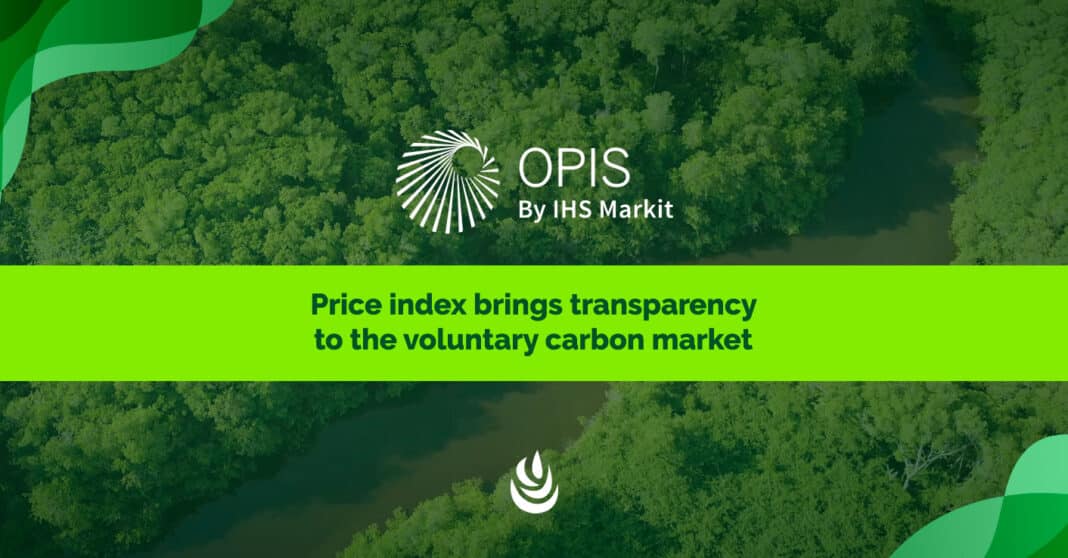OPIS, an IHS Markit company (NYSE: INFO), has expanded its Global Carbon Offsets Report.
It now includes a Carbon Neutral Fuels Index (OPIS CNFI) and a Core Carbon Credits (OPIS CCP) assessment.
In a statement, Fred Rozell, President of OPIS said that “Price clarity is imperative for negotiating a fair and competitive premium to existing commodities benchmarks for the cost of offsetting emissions.”
OPIS believes these tools can help the energy industry become carbon neutral.
What does it mean when a company is carbon neutral?
You may have heard the terms carbon neutrality and net-zero emissions used interchangeably, but they do not mean the same thing.
Net-zero is when a company stops its GHG emissions. This means they are not putting any more GHG into the atmosphere.
A company is carbon neutral when it offsets its GHG emissions. So, the company still emits GHG but it invests in environmental projects to help ‘offset’ those emissions.
Net-Zero =”Zero” Carbon. Carbon Neutral = “Neutral” Carbon.
To be carbon neutral, companies purchase carbon credits through the carbon market. For every carbon credit purchased, a metric ton of carbon is offset.
1 Carbon Credit = 1 Metric Ton of Carbon.
Many industries do not have the technology to eliminate or reduce their GHG emissions. The tech is either too expensive, not ready for use, or non-existent.
This is why carbon markets are so important.
Carbon offsets help to fill that gap. This way, companies can do something good for the environment while they work on net-zero solutions.
How can these tools increase carbon neutrality?
OPIS CNFI will list offset prices for 18 standard liquids, gaseous fuels, and eight IMO shipping fuels. OPIS CCP will have CORSIA-eligible credits, REDD+ credits, and other agriculture, forestry, and land use (AFLOU) credits.
The OPIS Global Carbon Offsets Report was launched in December 2020.
The report is the most extensive in the world. Assessments are published each day – reflecting confirmed bids, offers, and trades.

